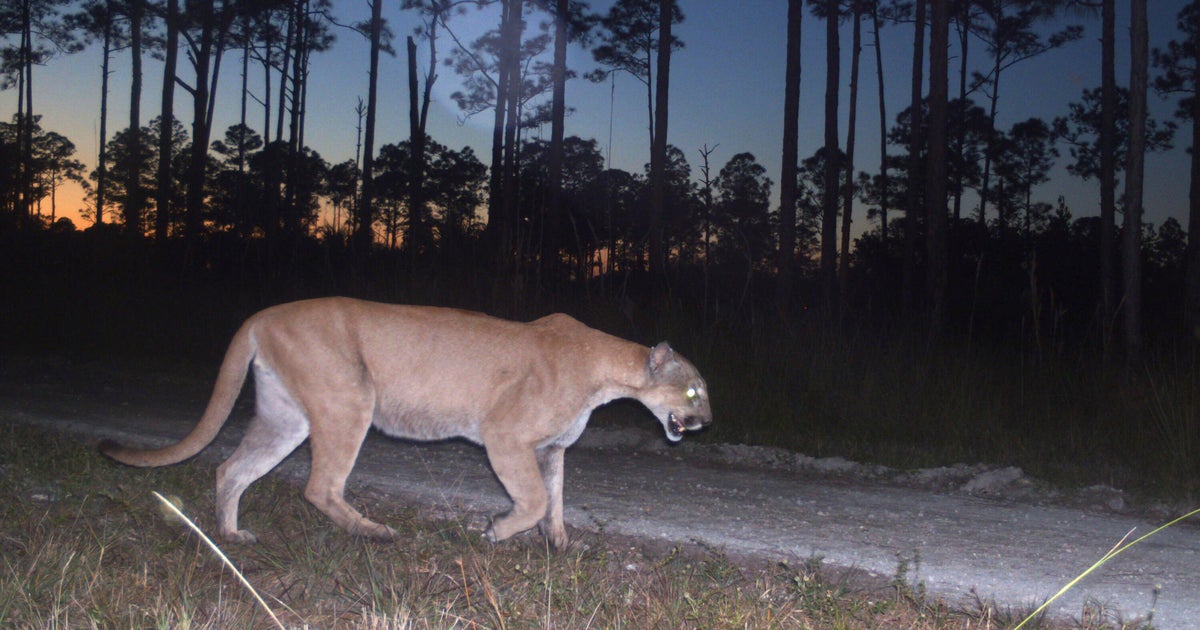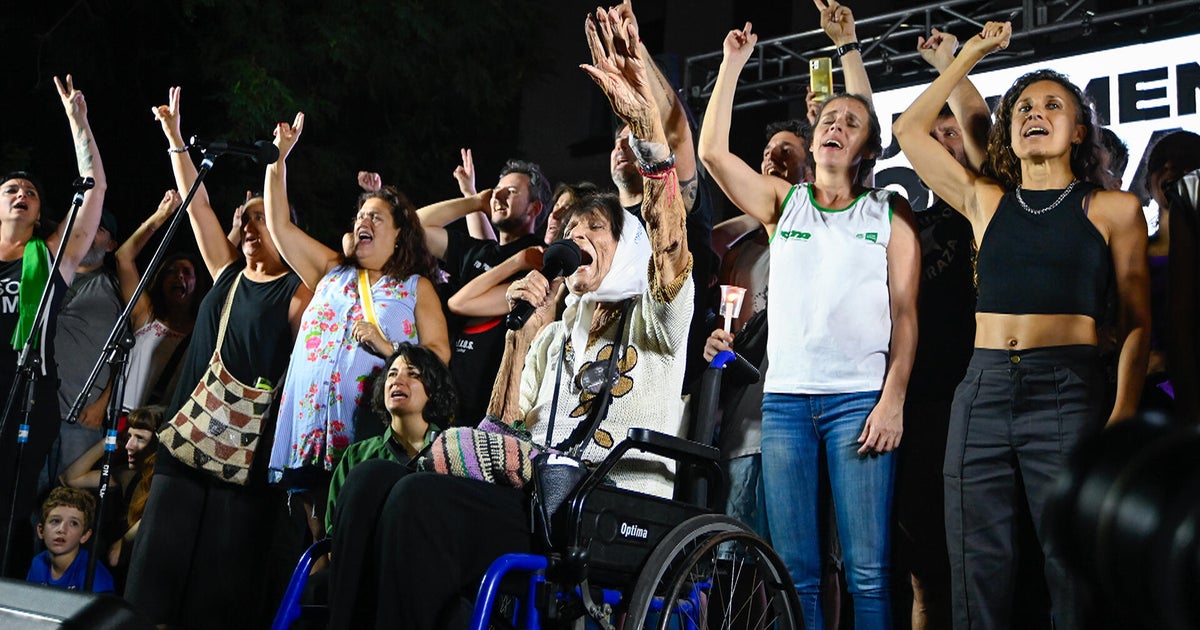SpaceX successfully launches Falcon 9 rocket with cargo — and slime — for space station
Running a day late, a previously flown Falcon 9 rocket thundered to life and shot away from Cape Canaveral Thursday, boosting a twice-flown Dragon cargo ship into orbit on a two-day flight to the International Space Station.
In a now-familiar but still-gripping sight, the rocket's first stage flew itself back to a pinpoint touchdown five-and-a-half miles from the launch pad, chalking up SpaceX's 44th successful booster recovery and its 16th at the Cape Canaveral Air Force Station.
The Dragon cargo capsule, meanwhile, set off after the space station carrying 5,000 pounds of equipment and supplies including an automated 3D cardiac tissue "printer," research by Goodyear that could lead to improved tires, refurbished spacesuit components and a docking mechanism to replace one lost in a 2015 Falcon 9 launch failure.
Also on board for SpaceX's 18th space station supply run: bright green Nickelodeon "slime" that will be used to demonstrate the subtleties of fluid physics to school kids.
"It's not all about very, very serious grown-up science," said Ken Shields, CEO of the space station national laboratory. "Ninety-nine point nine percent of what we do is exactly that, but it's also very important for us to excite, engage and motivate the next generation of technologists, the next generation of engineers, the next generation of scientists.
"We've got a very unique partnership with Nickelodeon where we're going to try to slime some stuff in space and see what happens, compare it to what happens on the ground. These are interesting sort of mechanical fluid physics demonstrations that we're going to do. We've got some other great partners that we work with as well."
Thunderstorms moving across Florida delayed a launch attempt Wednesday and more stormy weather was expected Thursday. But as the afternoon wore on, clouds thinned out and right on time, at 6:01 p.m. EDT, the Falcon 9 roared to life and climbed away from pad 40 at the Cape Canaveral Air Force Station.
After propelling the Dragon out of the thick lower atmosphere along a northeasterly trajectory, the first stage shut down and fell away. It quickly flipped around, reversed course and headed back toward Cape Canaveral.
Plunging tail first back into the lower atmosphere, the booster deployed four titanium "grid fins" for steering and stability and briefly fired up three engines to reduce velocity and ease the stress of atmospheric re-entry.
Finally, as it neared the Air Force station, a single engine restarted, four landing legs deployed and the rocket settled to an on-target touchdown at landing zone 1 about eight-and-a-half-minutes after takeoff. It was SpaceX's 44th successful first stage recovery overall and its 16th at Cape Canaveral.
The Falcon 9's second stage, meanwhile, reached its planned preliminary orbit about 15 seconds after the first stage landed, releasing the Dragon cargo ship to fly on its own. A few minutes later, the capsule's solar wings unfolded and locked in place.
If all goes well, the Dragon will carry out an automated rendezvous, executing a series of rocket firings to catch up with the International Space Station Saturday morning. Astronaut Nick Hague, operating the station's robot arm, plans to snag the Dragon around 10 a.m.
Flight controllers in Houston then will take over, operating the arm remotely to pull the cargo ship in for berthing at the Earth-facing port of the forward Harmony module. Once hatches are open, the station crew will begin unloading supplies and equipment.
The docking adapter is mounted in the Dragon's unpressurized trunk section. It will be removed by the station's robot arm later and positioned for installation on the Harmony module's upper port.
Harmony's forward port, the one once used by visiting space shuttles, already features an international docking adapter, or IDA, that was used for the first time in March when an unpiloted Crew Dragon visited the station during its maiden flight.
After installation during a planned August spacewalk, the IDA delivered by the Dragon will provide a second U.S. port for visiting crew ships being built by Boeing and SpaceX that fly themselves all the way in for docking. Two other NASA ports are available for SpaceX, Northrop Grumman and Japanese cargo ships that rely on the station's robot arm for capture and berthing.
"We are very excited about getting IDA-3 on board," said Jason August, IDA project manager at the Johnson Space Center in Houston. "This is critical in our path to allowing our commercial partners to ferry crew members to and from the ISS.
"In addition, we're going to have future cargo vehicles that dock to the ISS as well. So we need two docking ports, it's critical, in order to meet all of our objectives and continue on our path to commercializing low-Earth orbit."
SpaceX is working to recover from an explosion in April during a ground test that destroyed the Crew Dragon that visited the station in March. The company had hoped to launch two astronauts on a different Crew Dragon this month, but the mission is on hold pending replacement of suspect valves and other corrective measures.
Boeing plans to launch its CST-100 Starliner crew ship on an unpiloted test flight in late September or early October, following by the first crewed flight in the December timeframe.






